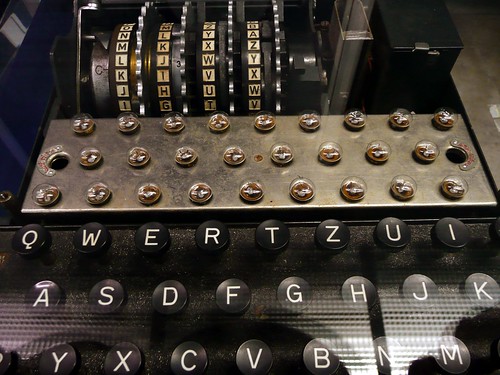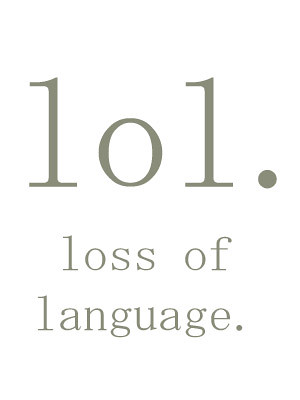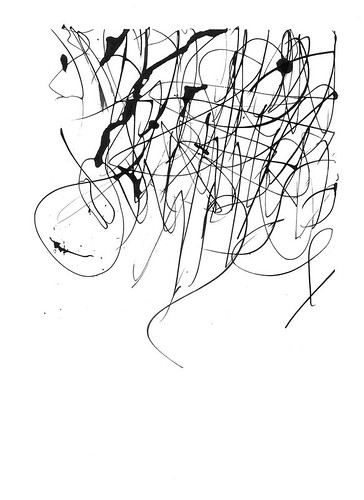
As a photographer this was not a fun assignment because it required me to disengage my creative mind and settle for whatever I could find that was “good enough”. I had another image in mind, but copyright restrictions prevented me from sharing it. I would’ve love to have created my own image, but being a working man and a family man means my time is very limited; I may consider creating something down the road!
I settled on this CC photograph because it best encapsulates the multiple modalities of text and technology, and the boy reading out loud pays homage to the oral heritage (i.e. the spoken word) of humanity. The classroom itself represents the culmination or perhaps the pinnacle of where and how our children are trained in the discourses of the West; a building is also technology of sorts. Another thing worth pointing out is the subjects listed on the blackboard. The blackboard is technology that allows reality to be represented in a visual mode that is common to the way children learn in the West. In this day and age blackboards are few and far between, and have been replaced by whiteboards or smartboards, but the underlying fabric of representation through technology is still present. The photograph itself, while a representation of a lived reality, is also a “text” of sorts that requires decoding and an understanding of the cultural elements present in the photograph. The little irony in this photograph are the words “Aim High” above the boy; its ironic because knowledge and facts from a book are but one aspect of the human experience (there is a big world outside the four walls of the classroom where wisdom and knowledge and experience may be still be found). I won’t dwell anymore on that because we could wind down a very long rabbit trail, and heaven forbid we run into the Walrus at its end!
Although I still renew my Ontario teaching license every year, I do not teach. In a former lifetime I taught high school Spanish in South Korea. I met my wife while I was over there, and we are currently living in her hometown in the mid-west US. We have two boys and they keep us busy! This is my 8th MET course, and I chose it because I love writing. I’ve written several novels, and have had agents express great interest in them, but their timing and my timing just never worked out so I decided to self-publish my work. I tried the ebook route, but everyone I know (including teachers) wants a physical copy of my work. As a result next week I’m giving the people what they want, a real physical book. It’s incredible, but the great ebook revolution really hasn’t taken off. I have to concur with Engell and O’Donnell that the “codex” isn’t going to disappear anytime soon. This entrenched textology is contrary to what Vilem Flusser (a philosopher of photography) postulated. He was convinced (and tried real hard to convince his readers) that the “technical image” would displace texts. I have to say he was a little shy off the mark.
Before you ask, I’ll answer. So where does the photographer fit in? Much like writing I fell in love with photography when I was in high school. It’s more than just a passing hobby. I’m taking a break from an MFA program in Photography to complete the MET. My goal after the MET is to complete the MFA “and wither then? I cannot say.” You can see some of my work here: www.jsvfoto.com. A book that won’t be out till next year is here: www.sapphireofdarkness.com (my nephew is helping me put the webpage together for that one). One day (and just because) I may try telling a story simply through pictures…an amalgamation of my skills (not the culmination, mind you!). And for the record I do have a 9-5 job, and it allows me to do my thing in the evenings and on the weekends.
I look forward to learning more about the historical contexts and paradigm shifts that occured with text and technology, and where we may be headed with it all.
-JSV
Photo Credit: Public Record Office Victoria (Flickr)



![[Naerofjord (i.e., Nærøyfjord) from Gudvangen, Sognefjord, Norway] (LOC)](https://farm4.staticflickr.com/3124/3174197161_8d5e088786.jpg)







